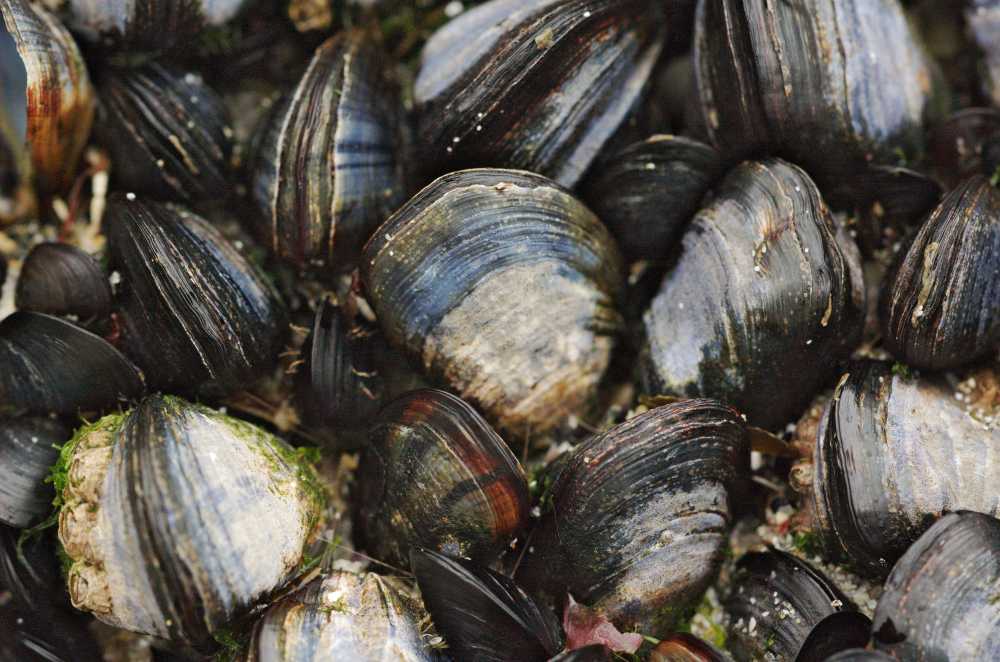
Shellfish farmers in the UK are threatened by toxins released from harmful algal blooms, costing businesses £25k - £30k a week.
Gary Rawle, a shellfish farmer based around St. Austell, Cornwall, provides quality mussels by the tonne for the seafood industry – supplying many restaurants all over the UK.
However, shellfish businesses like Gary’s are threatened by toxins released from harmful algal blooms – naturally occurring colonies of phytoplankton that prevent the shellfish being harvested – creating toxic effects on livelihoods, consumers and the economy.
"We’re shut because of a harmful algal bloom in the waters at the moment. Being shut costs us £25-30,000 a week, and last year we were shut for four months," Gary says.
UK research centres BBSRC and NERC have joined forces to fund the 'ShellEye' project to help shellfish farmers manage the damaging effects from harmful algal blooms.
The ShellEye project is a multi-partner effort that includes industry, government and scientists from Plymouth Marine Laboratory, the University of Exeter, the Centre for Environment Fisheries and Aquaculture Science, and the Scottish Association for Marine Science.
The ShellEye project plans to implement a forecasting system that uses satellite imagery to track harmful algal blooms and help fishermen avoid the worst outbreaks.
Currently, various methods are in pilot format which include emails with images, text messages, maps on a web portal and a traffic light system.
The ultimate goal for ShellEye is to protect public health, reduce food waste and contribute to the resilience of the UK food system and bioeconomy.
Dr Peter Miller of Plymouth Marine Laboratory steers ShellEye.
Dr Miller says he is excited by the potential of satellite data to track harmful algal blooms in real-time, and how the data can be analysed, simplified and sent to fishermen in the area.
"We can use very detailed satellite images of the ocean colour to pick out certain algal species that form dense blooms, allowing us to differentiate between the harmful and harmless algae," Miller explains.
Miller’s confidence comes from a previous project in Scotland that helped Scottish salmon farms manage their risks from harmful algal blooms.
Shellfish farmers are keen to have an early warning system in place to make informed decisions on how to manage harvesting operations.
To put it simply, Gary Rawle believes “it’s the future.”
